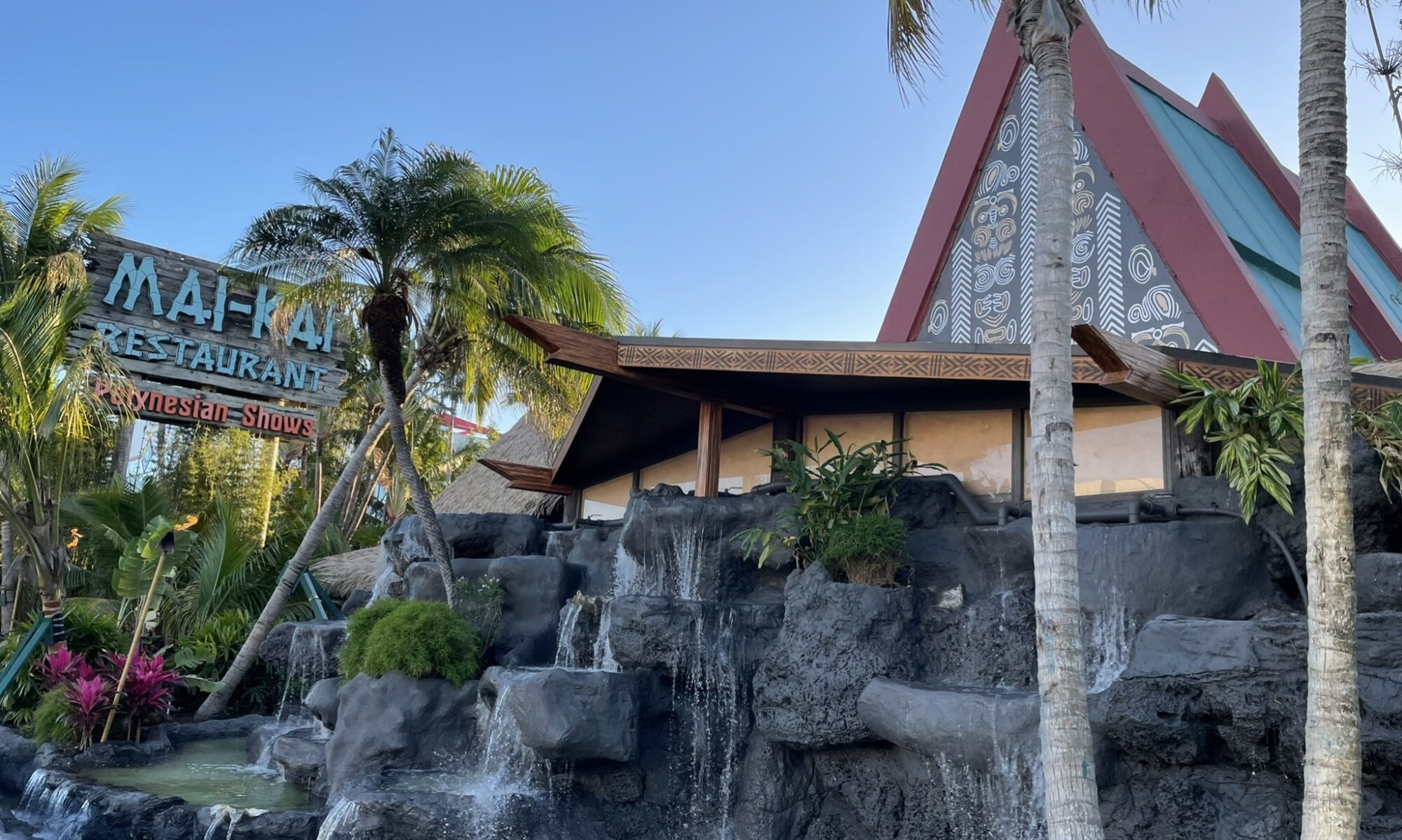
Updated Tuesday, Jan. 19
After 15 years of planning the East Coast’s premiere Tiki weekender, Christie “Tiki Kiliki” White knows a thing or two about giving her guests, affectionately known as “villagers,” what they want. For the 15th anniversary of The Hukilau, scheduled for June 8-12 in Fort Lauderdale, that means assembling the biggest names in the Polynesian Pop revival for an unforgettable experience unlike any other.
“Tiki culture is only growing stronger, and we are trying to provide the best show possible for anyone who wants to join us,” Tiki Kiliki said in an interview this week. She said she wants her guests to feel like “they’ve just stepped back in time into an era where Tiki was ever-present.”
See below: Signature events | Symposium previews | Music, entertainment, more
The Hukilau quick links: Buy tickets, passes | Book hotel | Schedule | Locations
Tickets went on sale Tuesday for an impressive array of symposiums and experiences that will make the Hyatt Regency Pier 66 and The Mai-Kai restaurant in Fort Lauderdale the epicenter of the 21st century Tiki revival. Special guests and entertainers include some of the scene’s top artists (Shag, Tom Fowner, Will Anders, Jeff Chouinard), cocktail creators (Jeff “Beachbum” Berry, Martin Cate, Paul McGee, Brian Miller, St. John Frizell), bands and musicians (The Tikiyaki Orchestra, Jason Lee and the R.I.P. Tides, The Intoxicators, Skinny Jimmy Stingray, The Quiet Villagers, The Disasternauts), entertainers (Marina the Fire Eating Mermaid, Angie Pontani, Kitten de Ville, Lila Starlet), and pop culture historians (Otto von Stroheim, Tim “Swanky” Glazner, Humuhumu, Paul Roe).
“The appearance of Shag has really stirred tons of excitement here on the East Coast,” Tiki Kiliki said. “We don’t see him often enough, so that will be a true treat for everyone.”
This year’s event celebrates not only The Hukilau’s 15th year, but also the 60th anniversary of The Mai-Kai, the legendary Tiki temple that was recently named to the National Register of Historic Places. The Hukilau moved to Fort Lauderdale in 2003 after launching in 2002 in Atlanta, drawn by the restaurant’s legendary reputation that only continues to grow. Last year, it was named best Tiki bar in the world after a tally of ratings by Critiki.com users.

The Hukilau is returning for a second year to Pier 66, another historic property that dates back to 1956 and is beloved for its mid-century architecture and iconic rotating rooftop penthouse lounge. It’s a miraculous turnaround for The Hukilau, which nearly called it adieu in 2014. At the 11th hour, Tiki Kiliki was approached by new partners who have injected new life (and financing) into the event, enabling the move to Pier 66. She has also been able to concentrate on the creative end of things, putting together a perfect Polynesian Pop getaway for guests.
The Hukilau’s villagers last year voted Pier 66 “Best Hotel in The Hukilau’s History,” enamored by its modern amenities and hospitality provided by Hyatt, combined with its history and mid-century design. With only a few available rooms remaining during The Hukilau weekend, Tiki Kiliki urges potential guests to book sooner rather than later.
“The 66 provides a perfect backdrop to the classic era of Tiki with its roots perfectly planted the same year that The Mai-Kai first opened,” Tiki Kiliki said. Pier 66 guests are also the only villagers who will receive special welcome bags full of swag provided by sponsors. When Pier 66 sells out, she hopes to have another nearby hotel lined up for villagers to enjoy.

Sales of 2016 event passes and tickets for special events have been selling at an unprecedented rate after going online in late October, much earlier than in past years. Demand is no doubt driven by the anniversaries and the unique experiences the 2016 event offers.
Tiki Kiliki said many things are driving interest this year. Villagers are “excited about celebrating the past and the future with the anniversaries, and Tiki culture is only growing stronger. … Also, Pier 66 has a lot to do with it too. The event grows ever stronger in the right venue.”

























